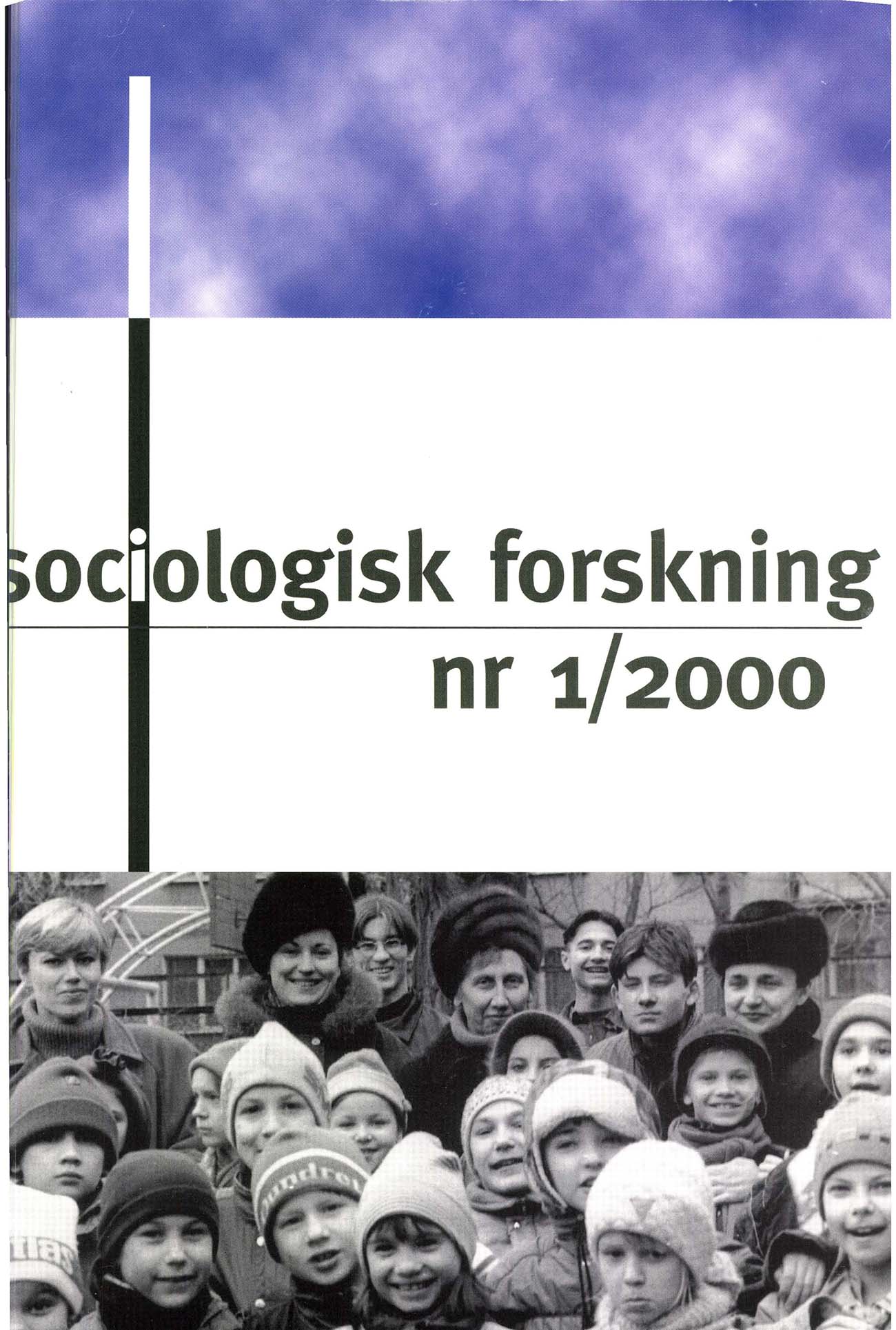Självmordsdödligheten i den östeuropeiska omvandlingen
DOI:
https://doi.org/10.37062/sf.37.19473Nyckelord:
alcohol, Eastern Europe, homicide, mortality, Russia, suicideAbstract
Suicide mortality in the Eastern European transition
The current paper seeks to systematize the discussion on the causes of the changes in Eastern European countries' suicide mortality during the last 15 years by analyzing the changes in relation to some common causes: alcohol consumption, economic changes, "general pathogenic social stress", political changes and social disorganization. It is found that the development in suicide has varied between in different countries, and that the same causes cannot apply to all of them. However, the relation between suicide mortality and social processes is obvious. A model consisting of general stress, democratization, alcohol consumption and social disorganization (with a period-dependent effect) predicted fairly accurately the percentual changes in the suicide rates in 16 out of the 28 Eastern Bloc countries in 1984-89 and 1989-94, while it failed to do so for Albania, Poland, Romania, Slovakia and the Caucasian and Central Asian newly independent states. The data are subject to many potential sources of error: the small number of units and the large multicollinearity between the independent variables may bias results. Nevertheless, the results indicate that the changes in Eastern European suicide mortality, both its decreases and increases, may be explained with the same set of variables. However, more than one factor is needed, and the multicollinearity will continue to pose a problem.
Downloads
Publicerad
Referera så här
Nummer
Sektion
Licens
Allt material i Sociologisk Forskning publiceras med omedelbar öppen tillgång (open access), under Creative Commons-licensen CC BY-NC-ND 4.0.
Allt innehåll i tidskriften är fritt tillgängligt utan kostnad och får för icke-kommersiella syften fritt läsas, laddas ned, kopieras, delas, skrivas ut och länkas. Innehållet får dock inte ändras. När innehållet används måste författare och källa anges. Upphovsrätten till innehållet tillhör respektive författare. Inga publiceringsavgifter tas ut.





